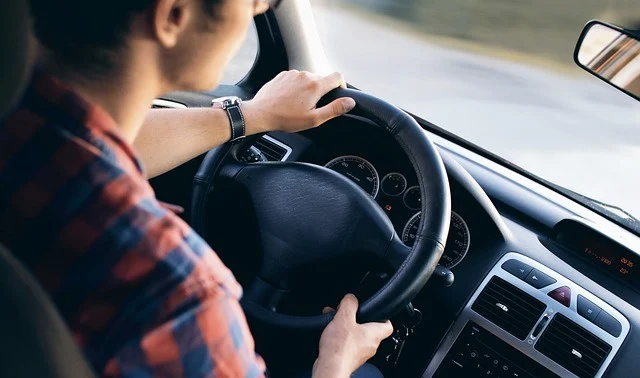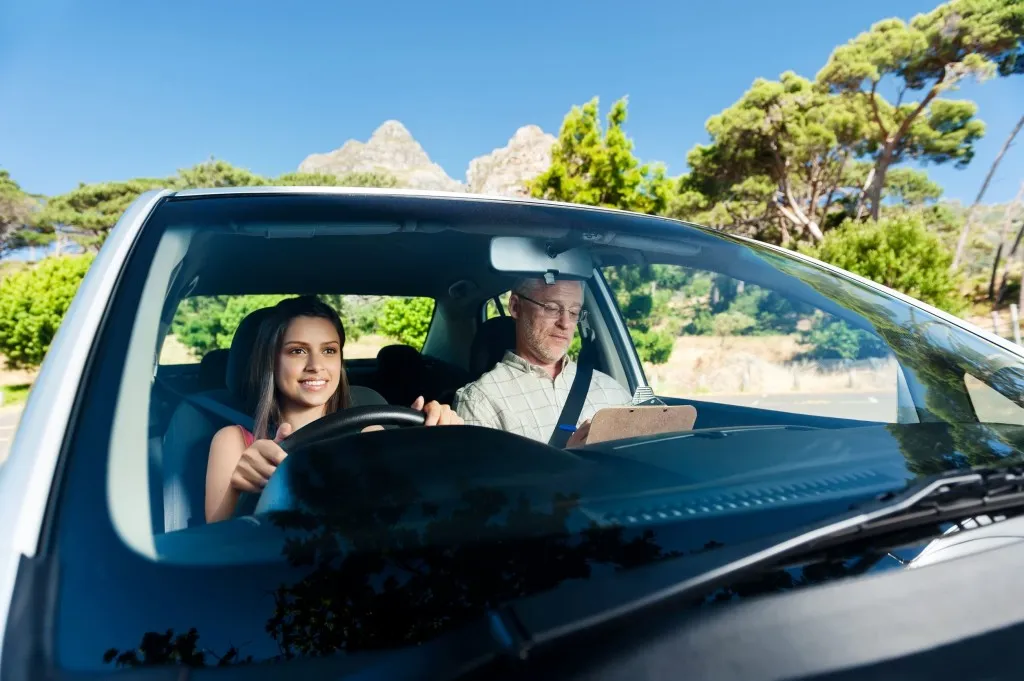For most people, learning to drive is an exciting moment. We joyfully approach the learning phase of our driving careers because the thought of driving alone and being able to travel wherever you want, whenever you want, is enticing.
But before you get behind the wheel and start learning how to drive, there are many things you should know to help you in your learning process.
Essential Driving Skills to Learn
Driving is much more than learning rules, regulations and techniques to become a safe and defensive driver. Let us have a look at the important characteristics of a skilled driver.
Knowledge
To become a defensive and skilled driver, you must educate yourself regarding safe driving techniques. Experienced drivers know traffic laws and how to identify dangers and prevent collisions, which helps them act swiftly in several traffic situations.
Alertness
Defensive drivers are aware of the traffic situation and any potential effects their physical and mental health may have on their driving. They frequently check their rear and side-view mirrors each minute as they pay attention to the front, sides, and rear traffic conditions.
Road Rules
Although remaining alert is necessary, other skills are also needed, such as being aware of and comprehending the regulations of the road to drive safely. You must be aware of the meanings of the various road signs and always abide by the set of laws and regulations.

Foresight
A skilled driver never assumes that the other motorist will act morally. They scan the road to assess the traffic condition as far in advance as possible to expect risks. By doing this, you can avoid dangers rather than respond to them. They practice long-term planning by keeping their vehicles well-maintained, inspecting them before each trip, and always fastening their seatbelts.
Diligence and Focus
A safe and skilled driver always respects the rules and laws of the road. If these rules are ignored, serious consequences may arise, and as a result, critical accidents can also happen.
Not only that, but you should also be aware of your surroundings by avoiding distractions such as mobile devices.
Patience
It is an important characteristic of a good and safe driver. Always remember that the most important thing is to get to the destination safely.
Be responsible and Reliable
You must be reliable and responsible, just as in any other profession or work, for your safety and those around you, including other road users and passengers. Several events that may occur while driving will require you to react appropriately.
Legal Requirements for Driving in the UK
You should be aware of a few fundamental requirements before you begin to drive in the UK, which include the following:
- You should be at least 17 or older.
- However, you can start taking driving lessons at age 16 after being approved for the enhanced rate of the mobility component of the Personal Independence Payment (PIP) or even have applied for it.
- You must have an authentic provisional driving license. You can also apply for the provisional license at 15 if you want to be ready when you turn 17.
- You should be able to read a number plate approximately 20 metres – with glasses or contact lenses, should it be necessary.
- If you are learning with an adult, then he should be 21 and have had a driving license for not less than three years.
- The car you will be training in must be taxed, insured, and have a valid MOT.

Helpful Tips for Teaching a New Driver
Helping someone learn to drive can be fun if you follow these valuable tips.
- If you’re a new driver and intend to learn with friends or family, then:
- Try finding someone who is patient, often available for practice sessions and has the right temperament for teaching effectively.
- Get feedback from your instructor to ensure the practice is in line.
- Use log sheets to check your progress, the number of hours and what you might have missed.
- If you intend to instruct a trainee driver:
- You are prohibited from using a cell phone or consuming alcohol while supervising.
- Don’t assume the trainee driver knows what they’re doing; stay alert.
- Increase the time spent training so that everyone stays upbeat and eagerly waits for the next session. Additionally, take as many breaks as you both require.
- Give the student driver warnings when giving directions, and be brief and straightforward.
- Avoid motorways and choose your routes carefully, as learner drivers cannot go on them without an approved driving instructor.



